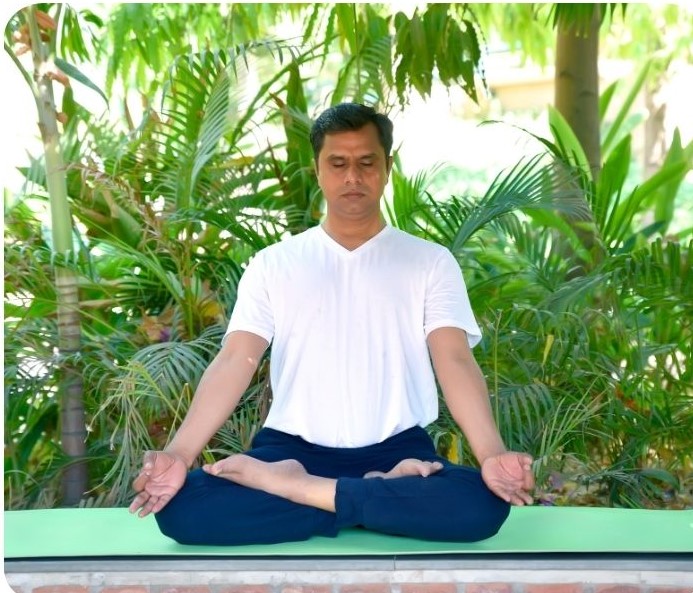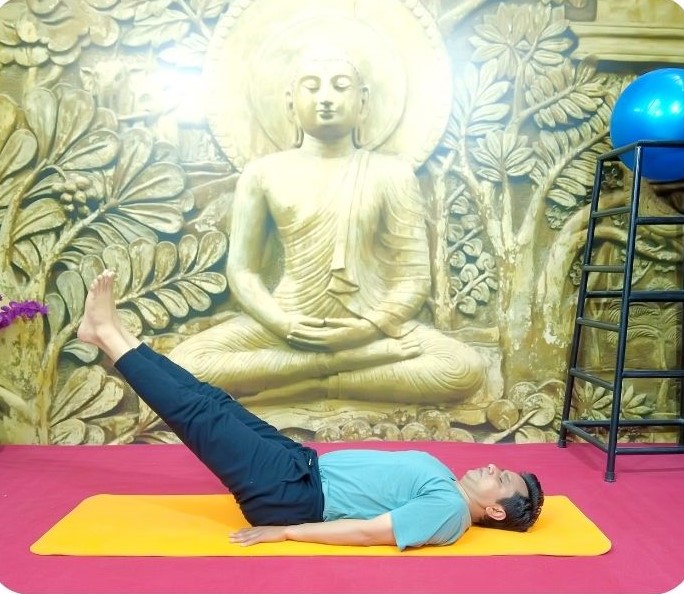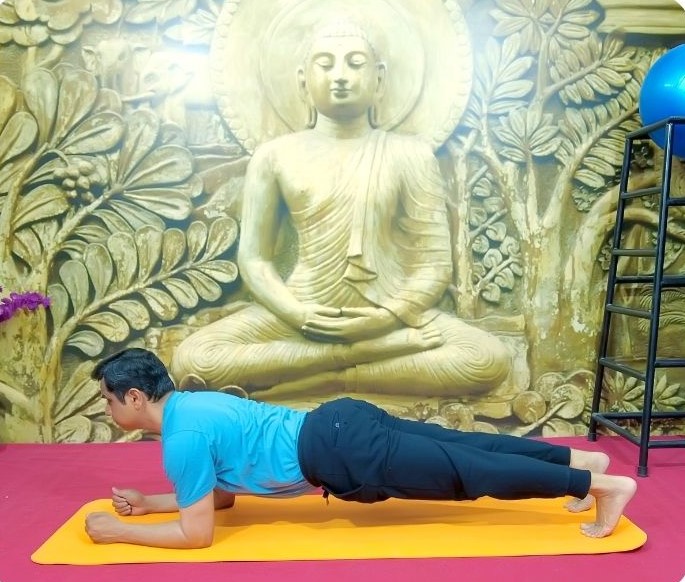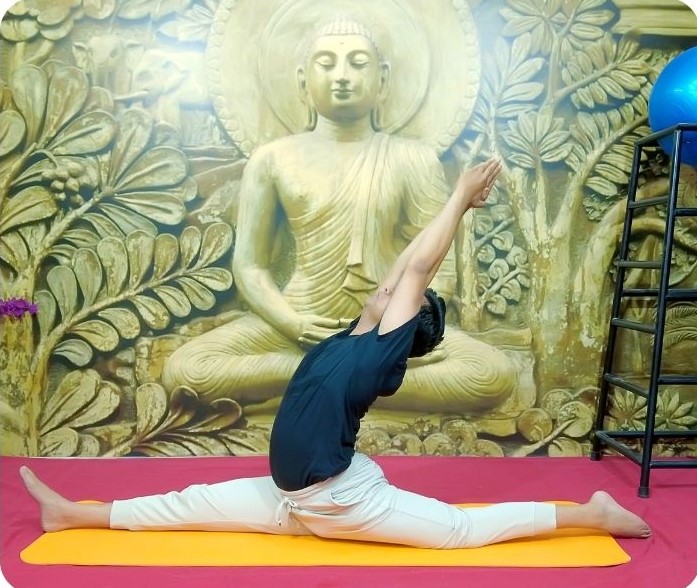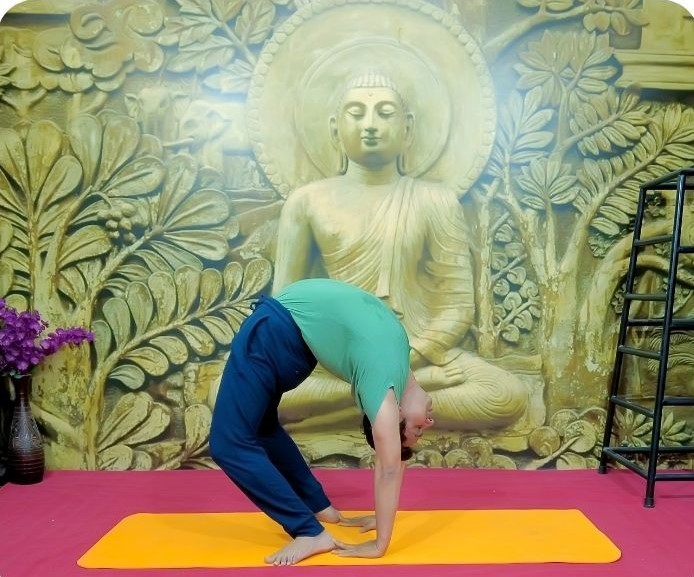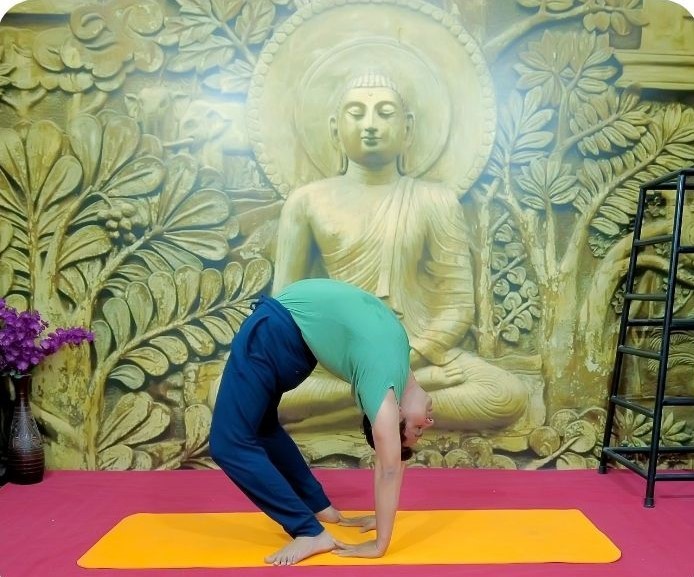Blog Detail
Pranayama can control cholesterol & reduce access fat
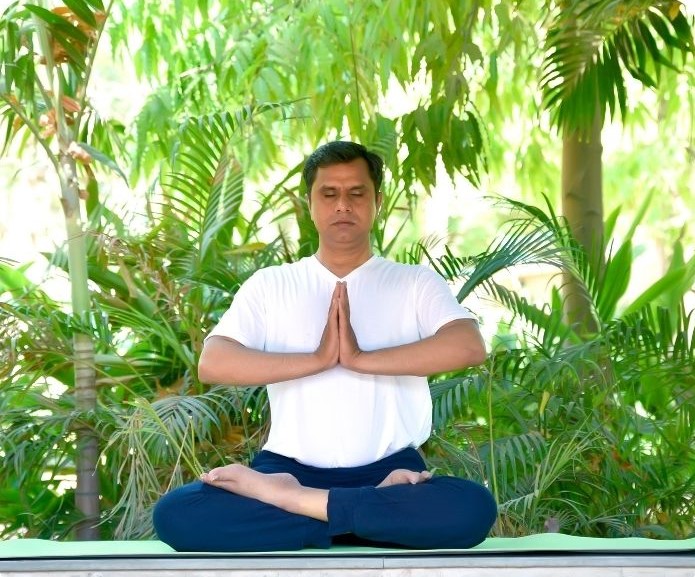
Pranayama, the ancient practice of breath control in yoga, has profound benefits for overall health, including the ability to control cholesterol levels and reduce excess fat. Rooted in the wisdom of traditional yoga, pranayama focuses on regulating the breath to harmonize the body, mind, and spirit. This simple yet powerful practice can be a key component in managing cholesterol and promoting weight loss.
Cholesterol, a fatty substance in the blood, is necessary for the body to build cells and produce certain hormones. However, high levels of cholesterol, particularly low-density lipoprotein (LDL) cholesterol, can lead to serious health issues like heart disease and stroke. Pranayama can help regulate cholesterol levels by reducing stress, improving circulation, and enhancing overall cardiovascular health.
Stress is a significant factor that can negatively impact cholesterol levels. Chronic stress leads to the release of cortisol, a hormone that can increase cholesterol production in the liver. Pranayama techniques such as deep breathing, alternate nostril breathing (Nadi Shodhana), and Ujjayi breath can reduce stress by activating the parasympathetic nervous system. This "rest and digest" response counteracts the stress-induced release of cortisol, thereby helping to maintain healthier cholesterol levels.
Improved circulation is another benefit of pranayama that contributes to better cholesterol management. Deep and rhythmic breathing techniques enhance oxygen delivery throughout the body, promoting better blood flow and supporting the removal of toxins. This can prevent the buildup of plaque in the arteries, which is a common consequence of high cholesterol. Enhanced circulation ensures that nutrients are efficiently delivered to cells, supporting overall metabolic health and aiding in the breakdown of excess fat.
Pranayama also supports weight loss and fat reduction by boosting metabolism and increasing the body's ability to burn calories. Techniques like Kapalabhati (Skull Shining Breath) and Bhastrika (Bellows Breath) are particularly effective in stimulating the metabolic rate. These practices involve forceful exhalations and rapid breathing, which generate internal heat and increase energy expenditure. As metabolism improves, the body becomes more efficient at utilizing stored fat for energy, leading to a reduction in excess body fat.
Additionally, pranayama enhances the connection between the body and mind, promoting mindful eating and better food choices. When practiced regularly, pranayama fosters a greater awareness of hunger and satiety signals, reducing the tendency to overeat or indulge in unhealthy foods. This mindful approach to eating can significantly aid in weight management and the reduction of excess fat.
Incorporating pranayama into a daily routine is simple and requires no special equipment. Begin with a few minutes of deep, diaphragmatic breathing each day, gradually incorporating more advanced techniques as comfort and proficiency grow. Consistency is key; regular practice yields the best results for managing cholesterol and reducing excess fat.
In conclusion, pranayama offers a natural and effective way to control cholesterol levels and reduce excess body fat. By reducing stress, improving circulation, and boosting metabolism, these ancient breathing techniques support overall cardiovascular health and promote weight loss. Whether practiced alone or as part of a comprehensive wellness routine, pranayama can play a crucial role in achieving and maintaining optimal health. Embrace the power of breath control and experience the transformative benefits of pranayama for a healthier, more balanced life.



.jpg)
.jpg)
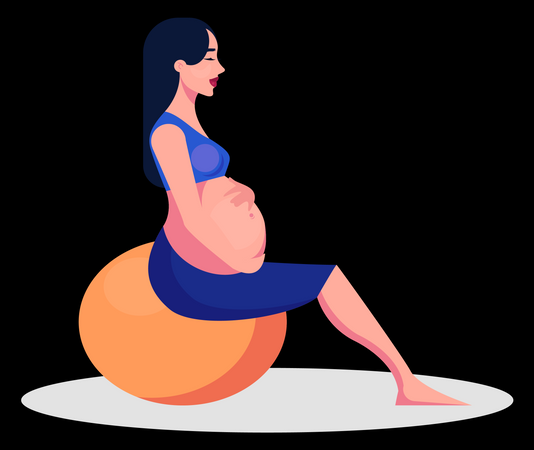
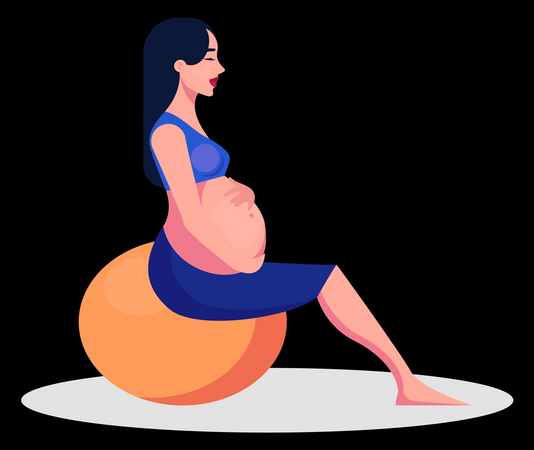
.jpg)
.jpg)


